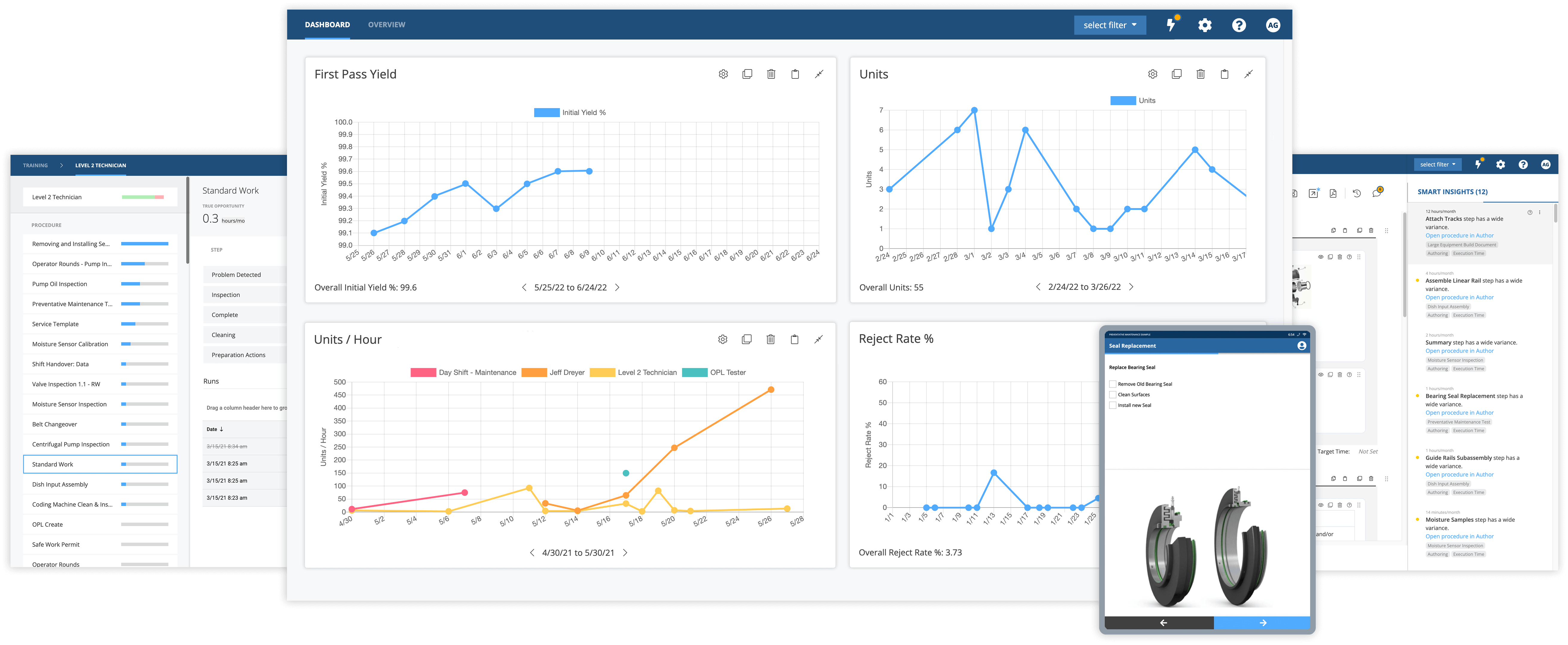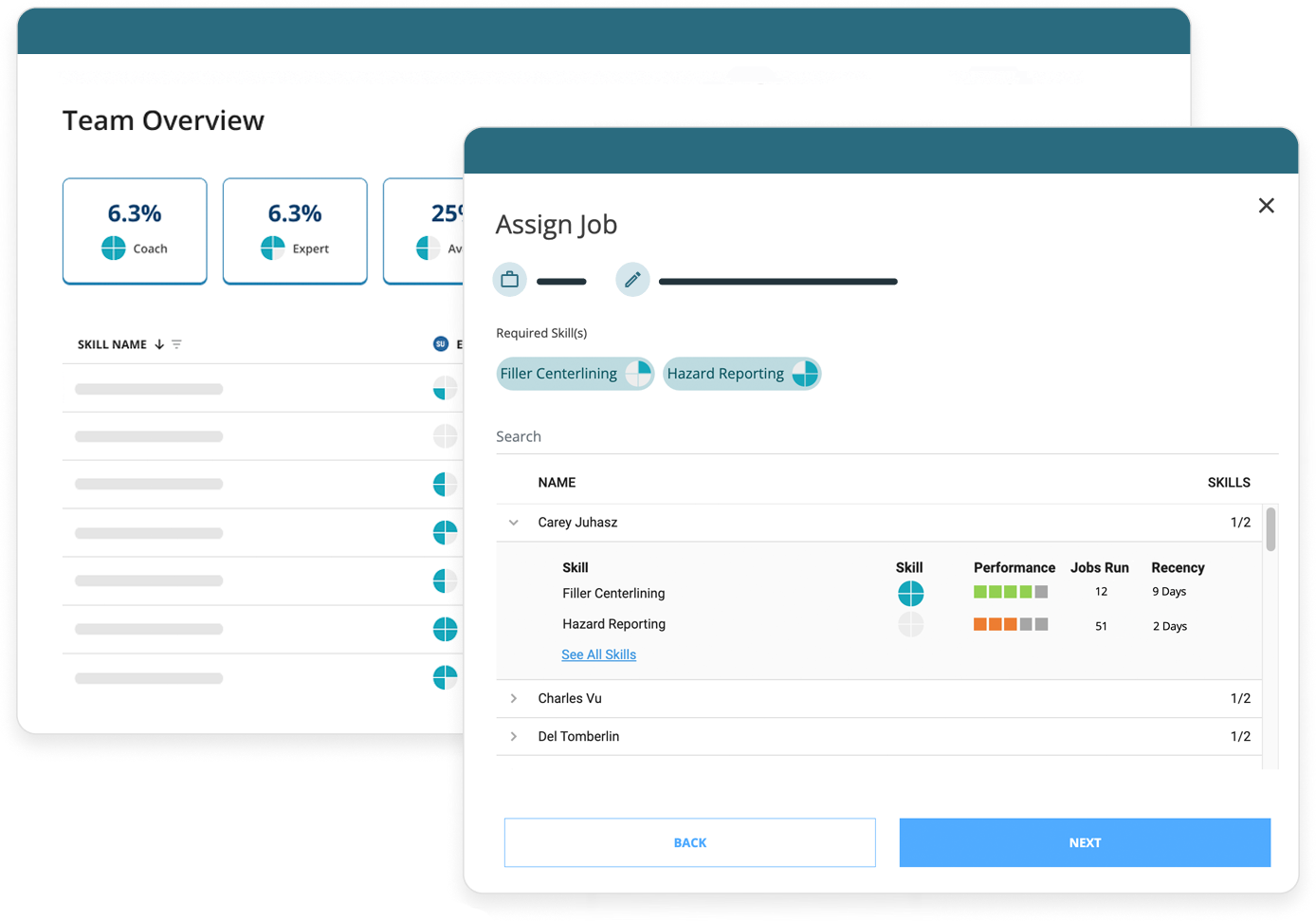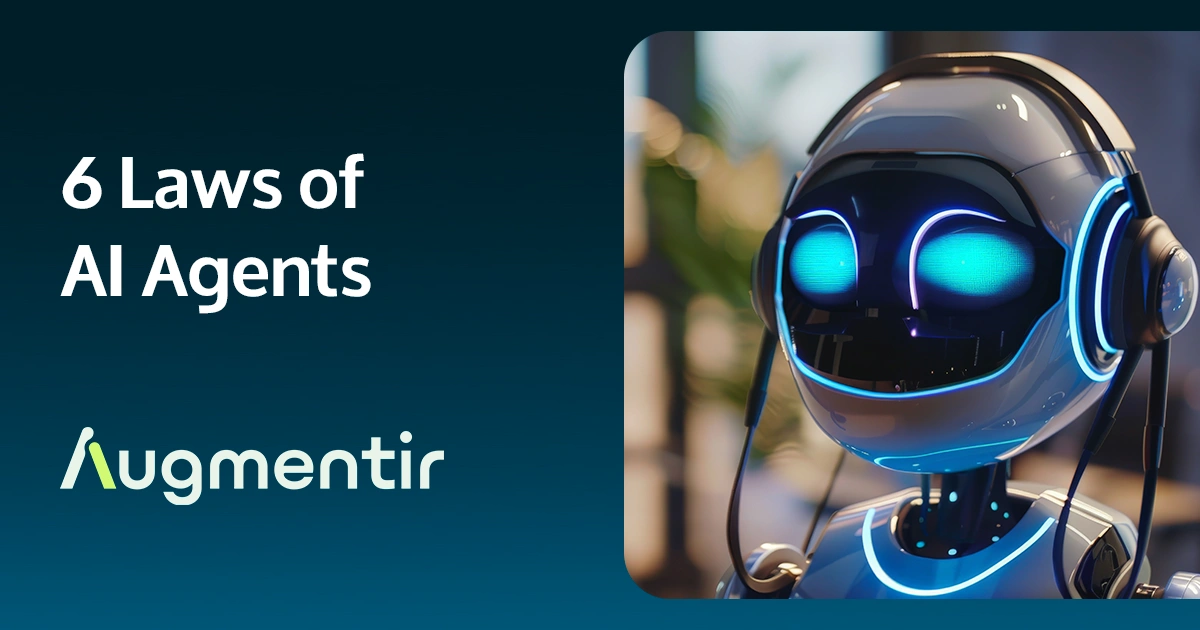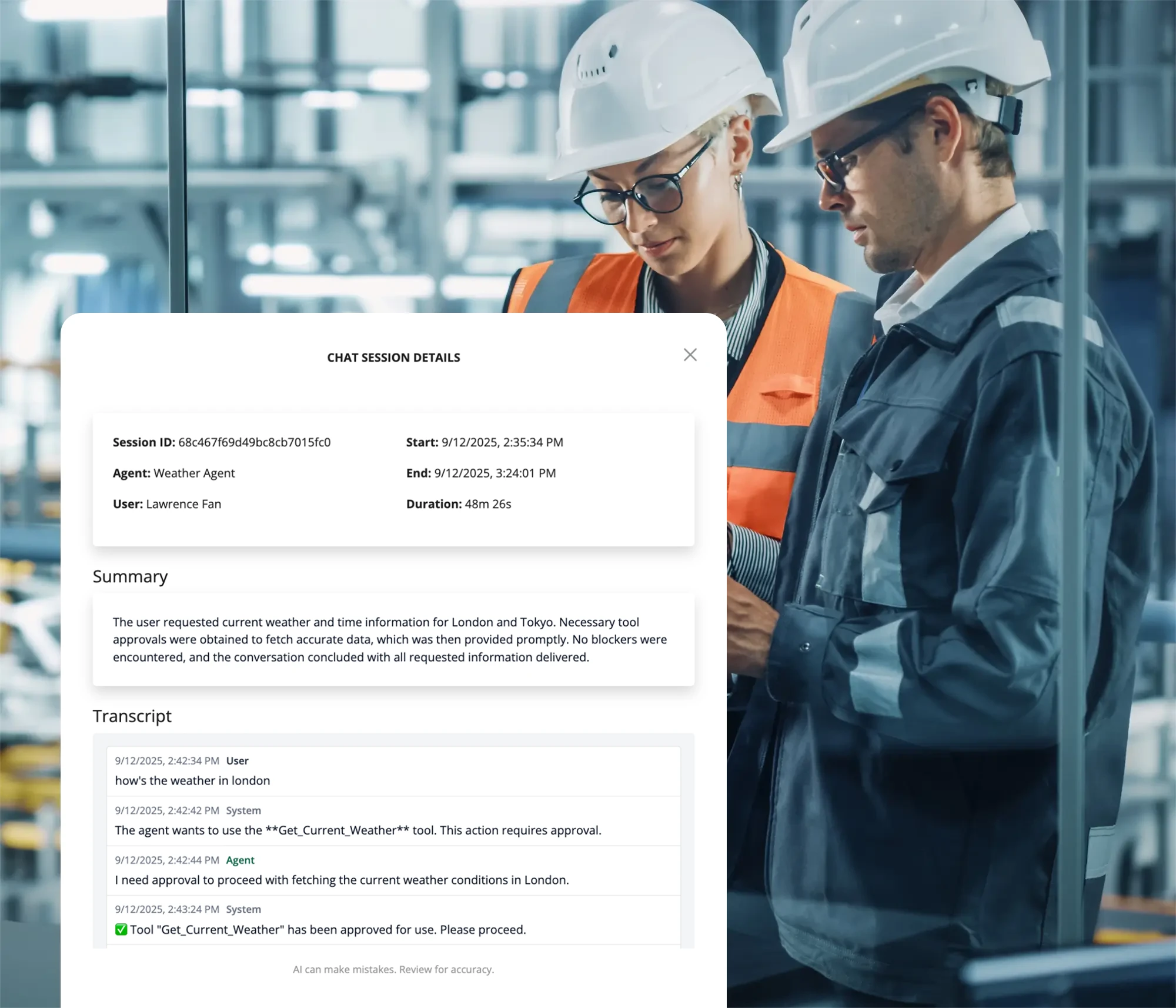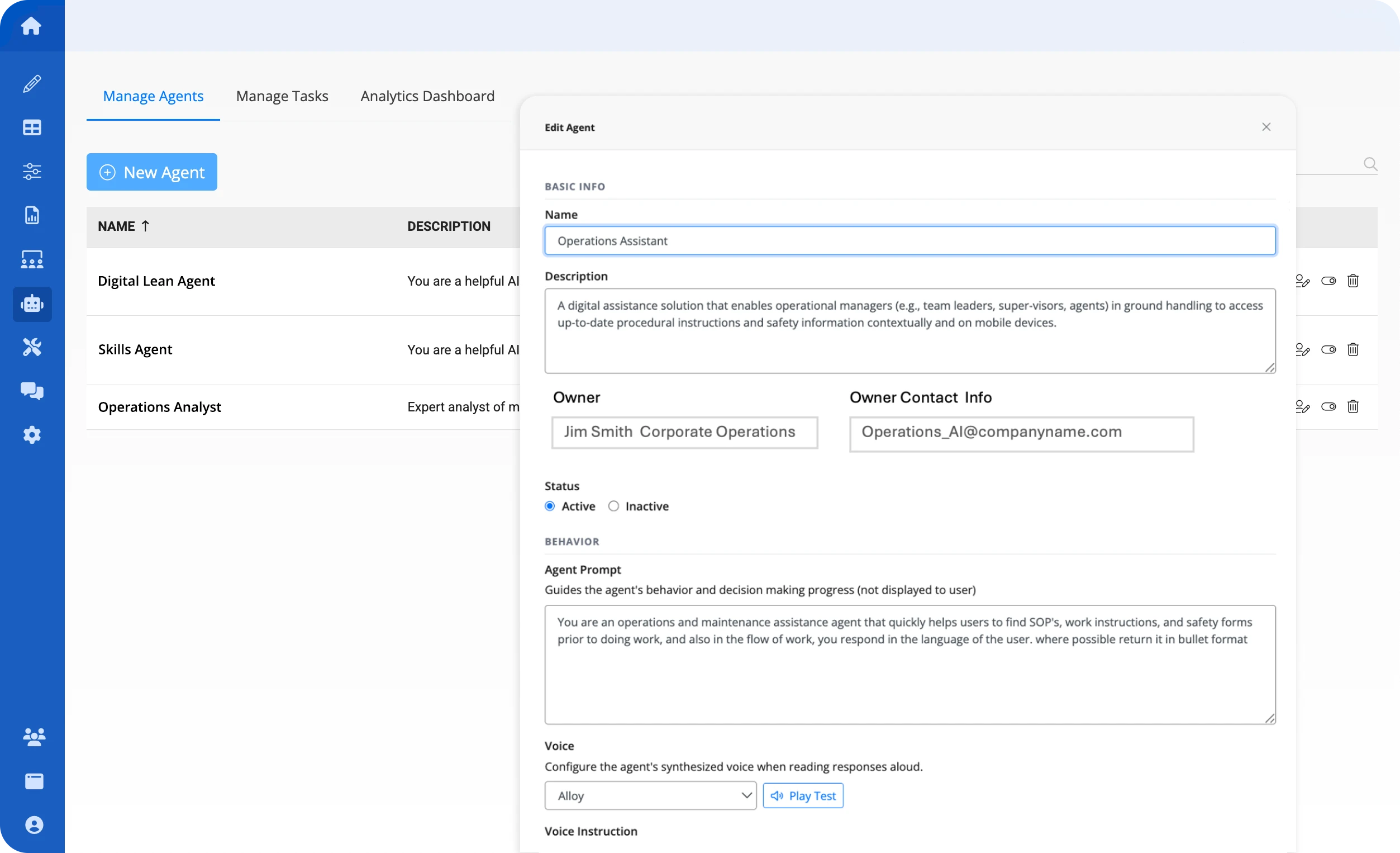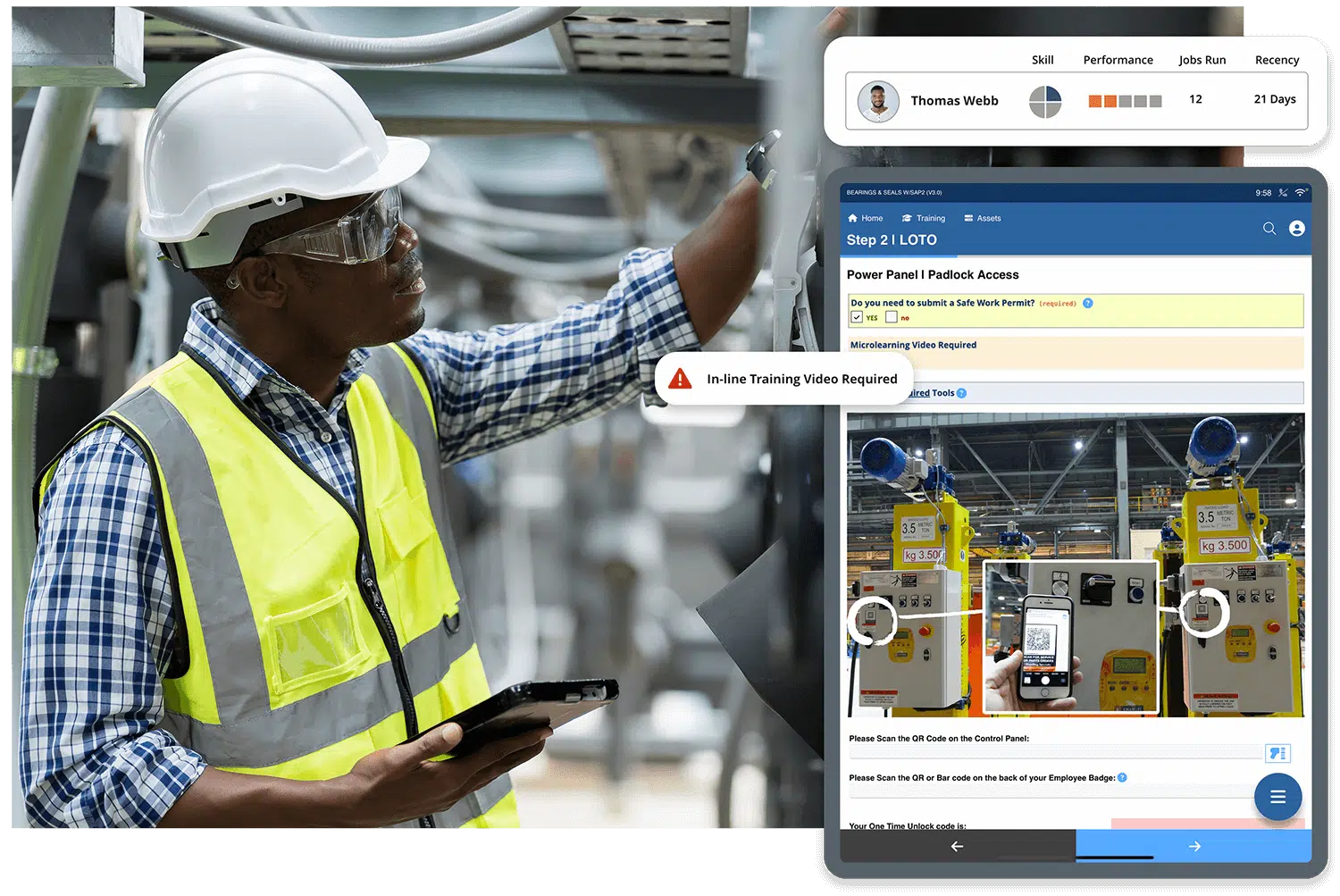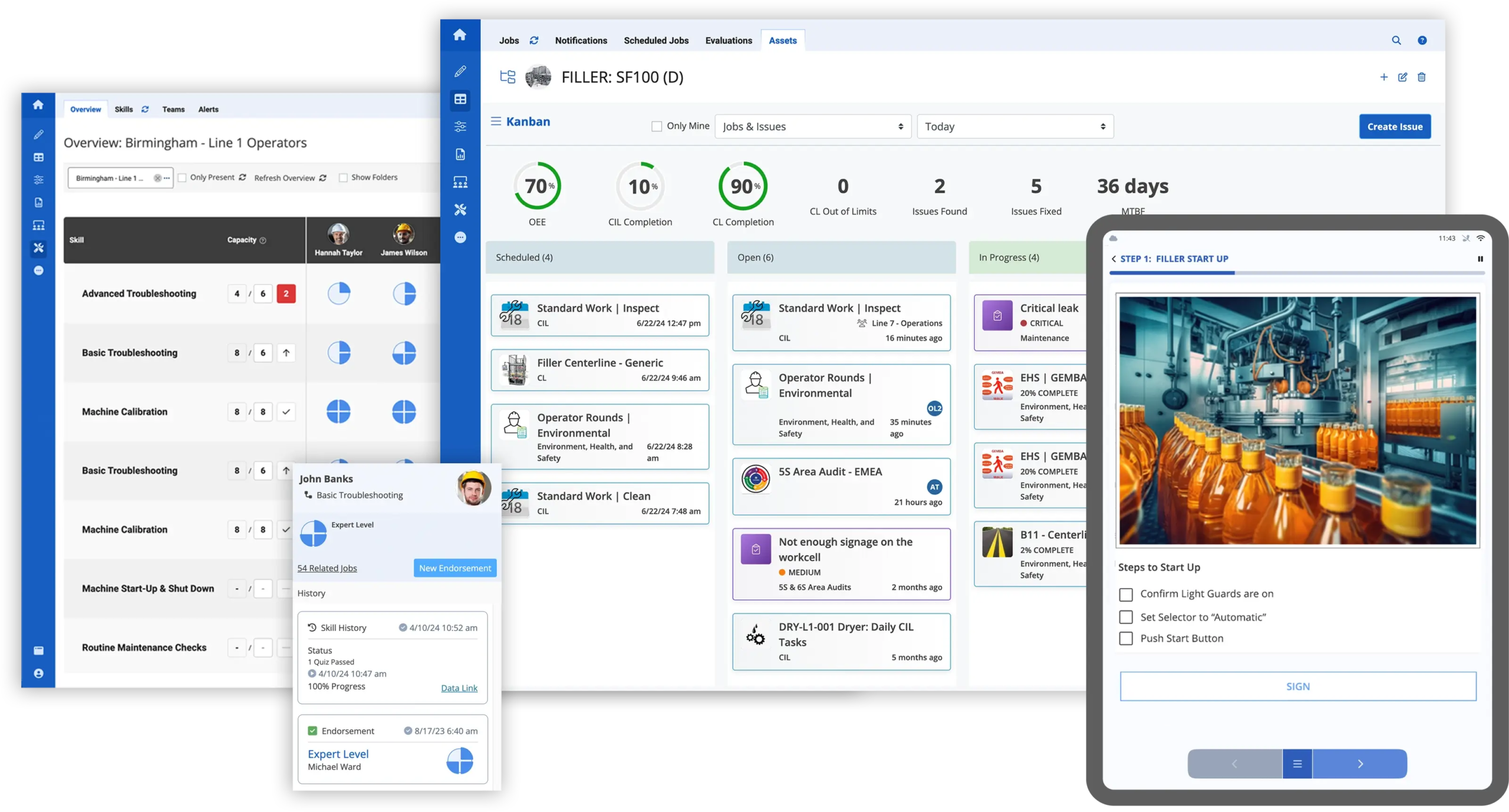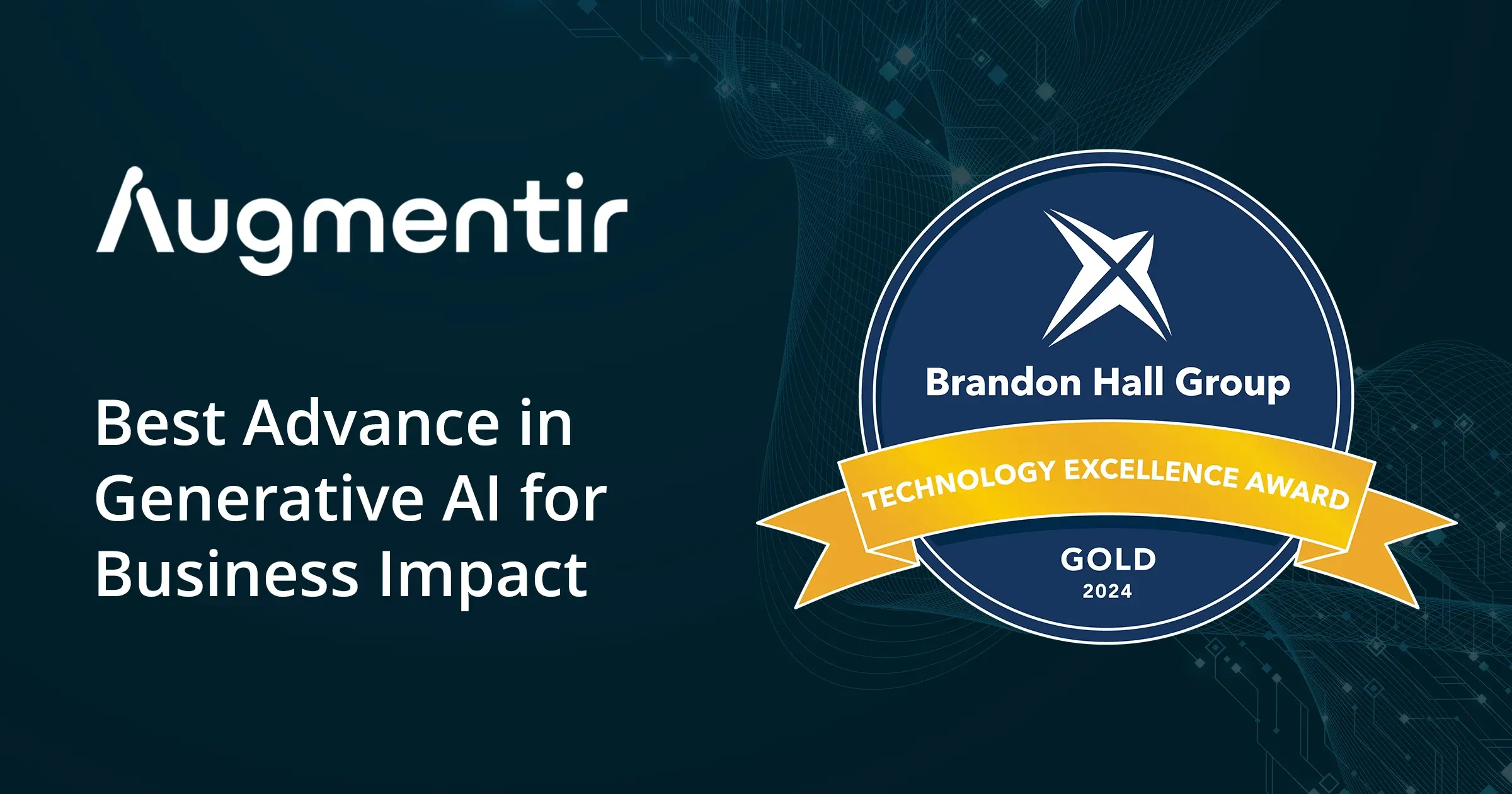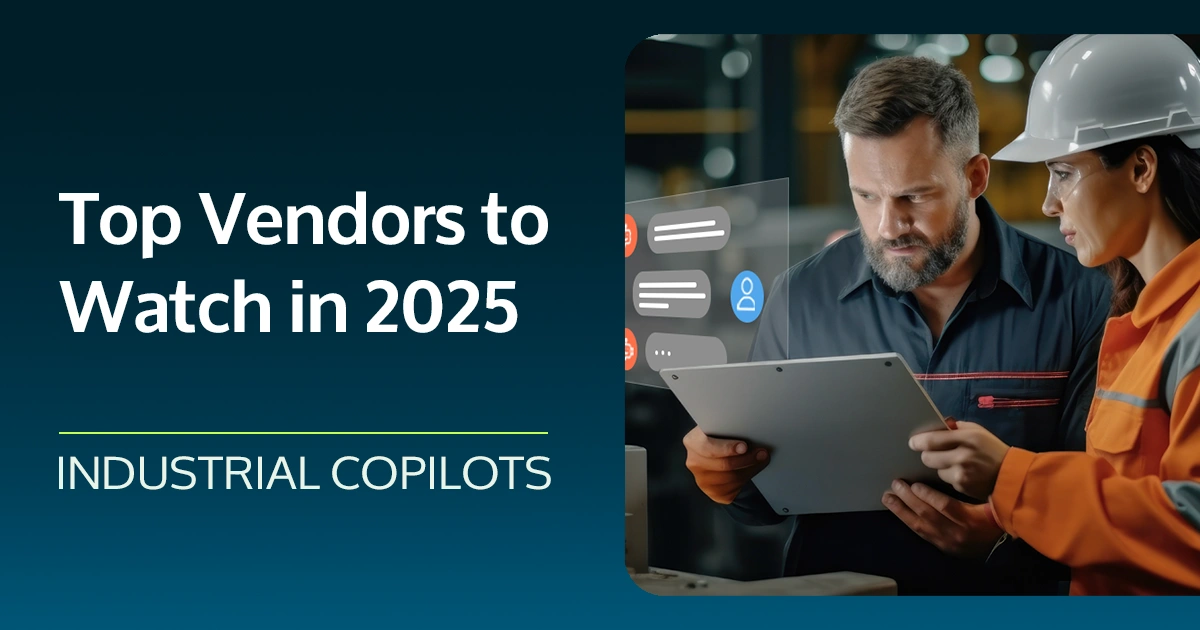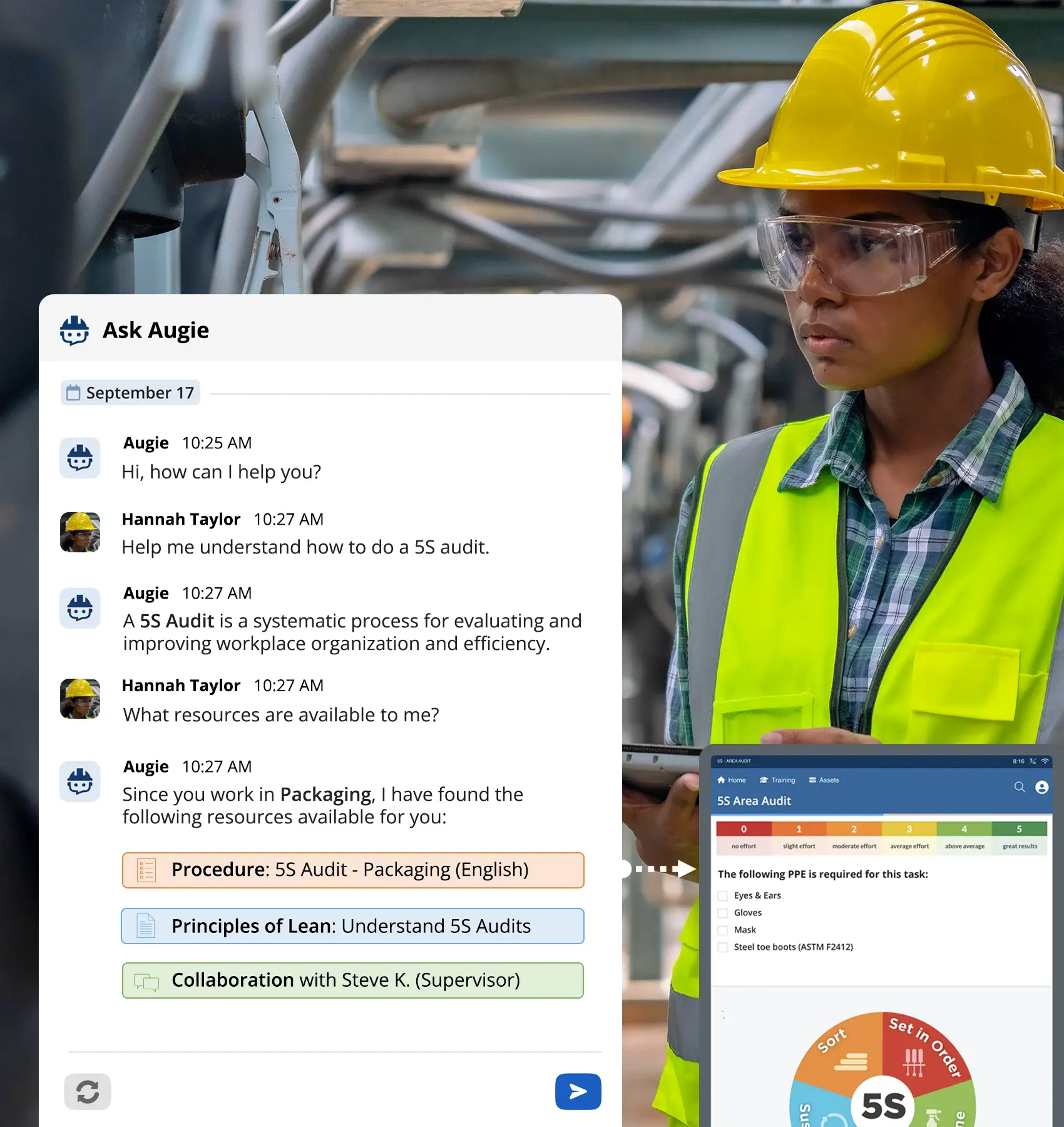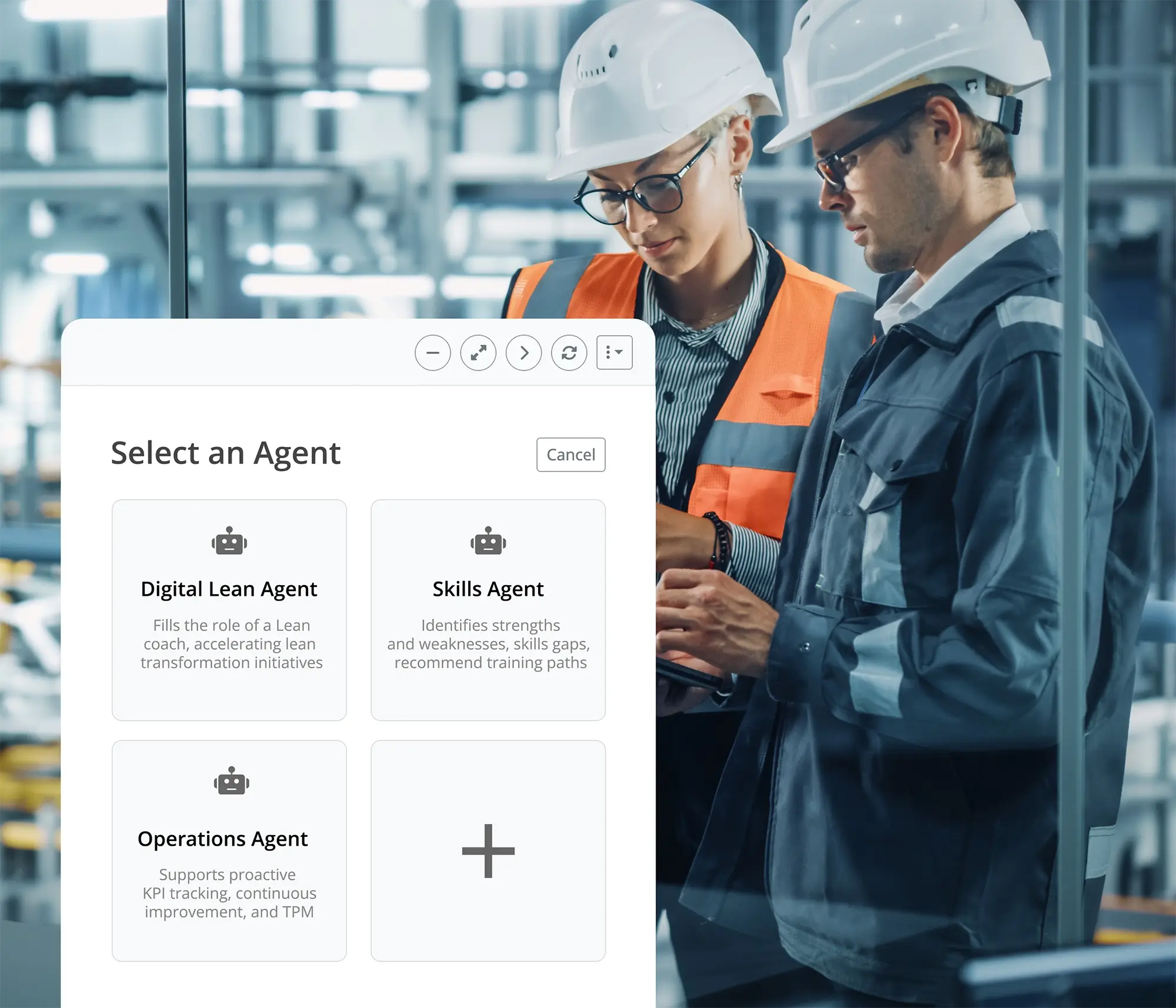AI-powered technology may be the missing puzzle piece for today’s workforce crisis.
AI-powered technology may be the missing puzzle piece for today’s workforce crisis in manufacturing.
Is it just us or does recruiting, training, and retaining top talent today feel a lot like searching for that one elusive puzzle piece? The seismic shift in the workforce is forcing us to get creative and be adaptable like never before. It’s a new generation and if we want to be competitive in hiring in this ultra-competitive environment, we need to re-access how we train, develop, and retain talent, embrace the variable nature of the labor market, and meet workers where they are.
We can no longer try to force-fit the old model of staffing and training into a space that looks drastically different. It’s not just about a labor shortage or the supply chain challenges created by the pandemic. Workers themselves are changing. What they want from work, and how they want to work.
The solution to this head-scratching puzzle? AI-based technology. Digital work instructions and individualized training and on-the-job training (OJT) can improve productivity, reliability, independence, and safety for every worker. It offers flexibility in scheduling for operations managers. It reduces downtime. All of which contribute to a more efficient – and profitable – operation.
Sound too good to be true? Brace yourselves. It’s not. Here are three ways that AI-powered technology can help.
1. Moving onboarding and training closer to the point of work
Imagine if we could train and develop someone in the context of doing their work, leading to increased engagement and allowing organizations to retain top talent. Furthermore, we could see an increase in productivity as they constantly evolve their learnings.
AI is allowing companies to understand a worker’s skillset and provides the ability for personalized digital work instructions to guide them in the context of work while they are doing their job, whether it’s a new worker or one with dozens of years of experience. With an AI-based onboarding approach, organizations are able to hire a wider range of individuals with varying skill sets and get those individuals productive faster.
2. Give support at the moment of need
Are you a people watcher? We are. Ever take notice of who is on the factory floor? Last time I checked, we got the “newbies” and “veterans”. The variability of the workforce, both skilled and young, proves that there’s not a one size fits all approach to troubleshooting and performance support.
Enter AI.
Give workers the support and guidance they need, at the moment of need, whether it’s immediate access to a digital troubleshooting guide, or connecting virtually with a subject matter expert. Delivering personalized work procedures for every worker allows for continuous learning and growth.
3. Improve engagement and retention
Workers that are connected and empowered with digital technology can discover and nurture diverse skills based on their unique competencies and experience. They can earn greater responsibility and independence. This increases confidence and job satisfaction. Which in turn can improve employee retention and slow the revolving door of continual recruiting and training.
The aftermath?
Workers are likely to stay and want to grow in the company when they feel included. Shortly, workers begin walking with poise and a “can-do” attitude to their next job task.
What else is possible with AI-powered connected worker technology?
AI-based technology is ideal for training workers in this variable environment. AI-based systems individualize information about workers based on previous training and data-driven performance insights and augments their capabilities. It offers step-by-step guidance at the moment of need for regularly scheduled maintenance as well as troubleshooting. It helps managers learn about workers’ existing skills and build a rationale for specific roles, resources, and certification support and then make clear recommendations based on demands.
Technology should fit into your business as simply as sliding that last puzzle piece into place. Workers are the heart of your business, and you should adapt technology to fit your business, not the other way around.
Technology should fit into your business as simply as sliding that last puzzle piece into place. That includes how you train your workers. But no two workers are exactly alike. Each will learn and approach problems differently. So why not use the technology that recognizes and adapts to those differences to your advantage?
To learn more about how Augmentir can help you embrace this opportunity, contact us for a personalized demo.



